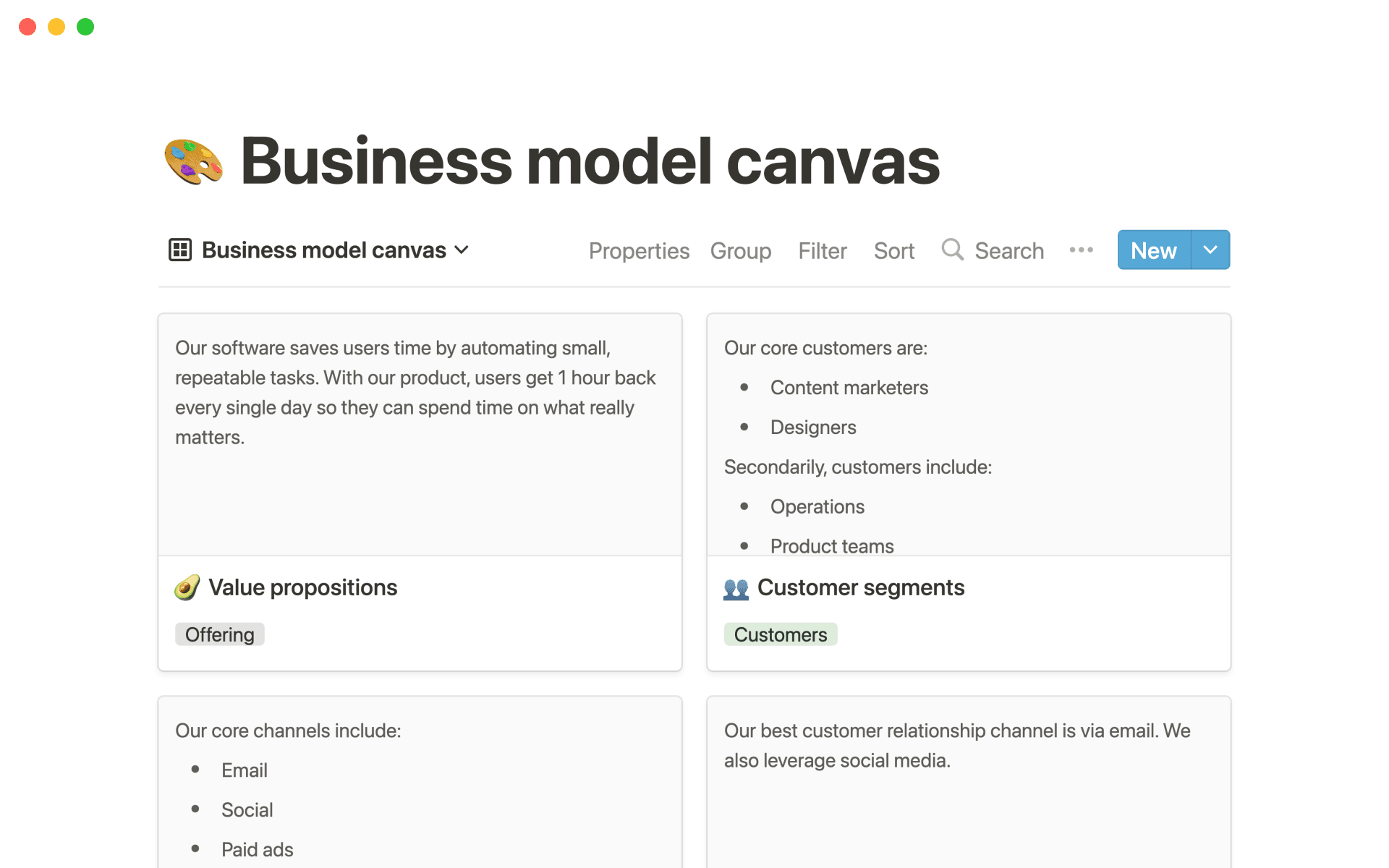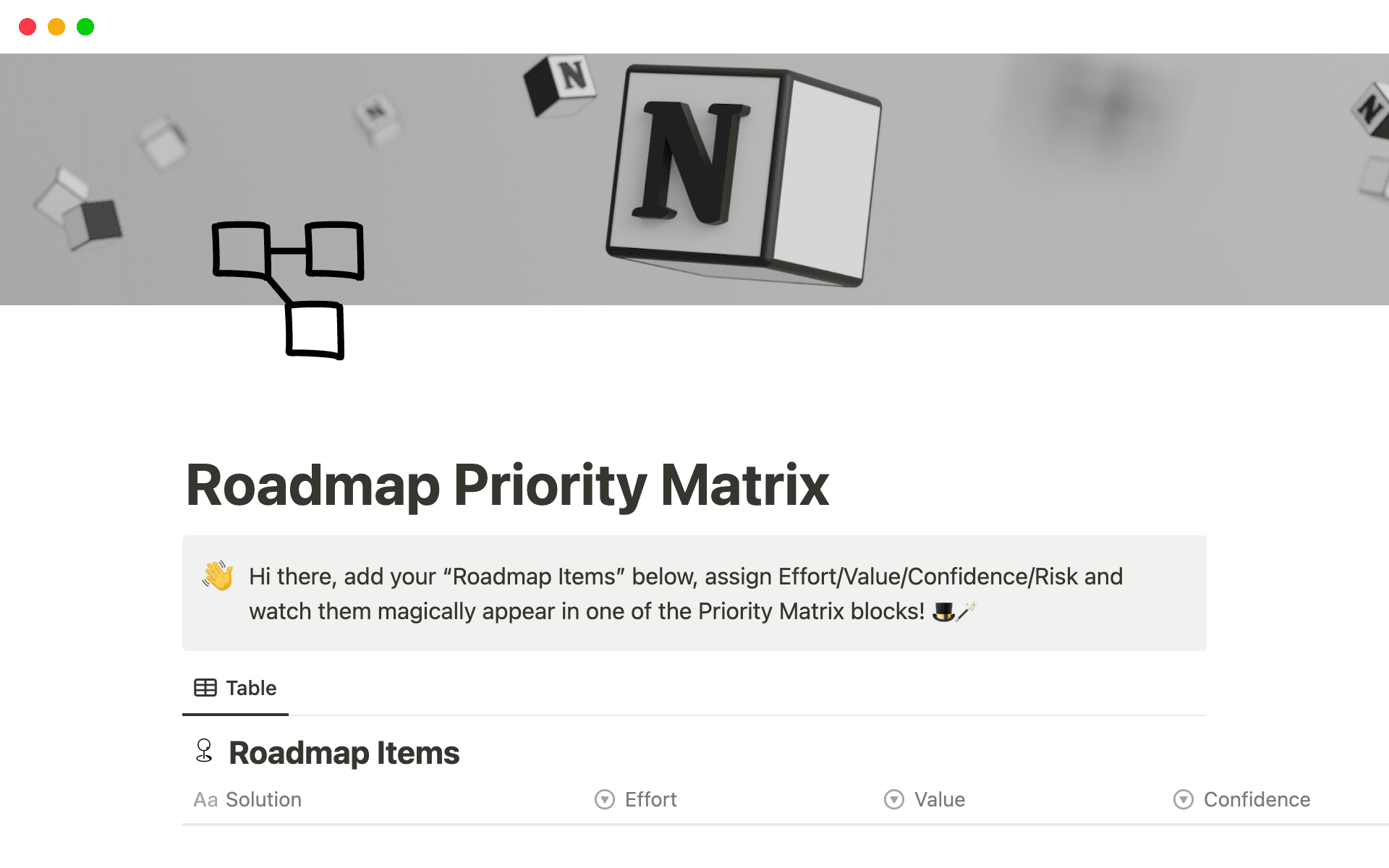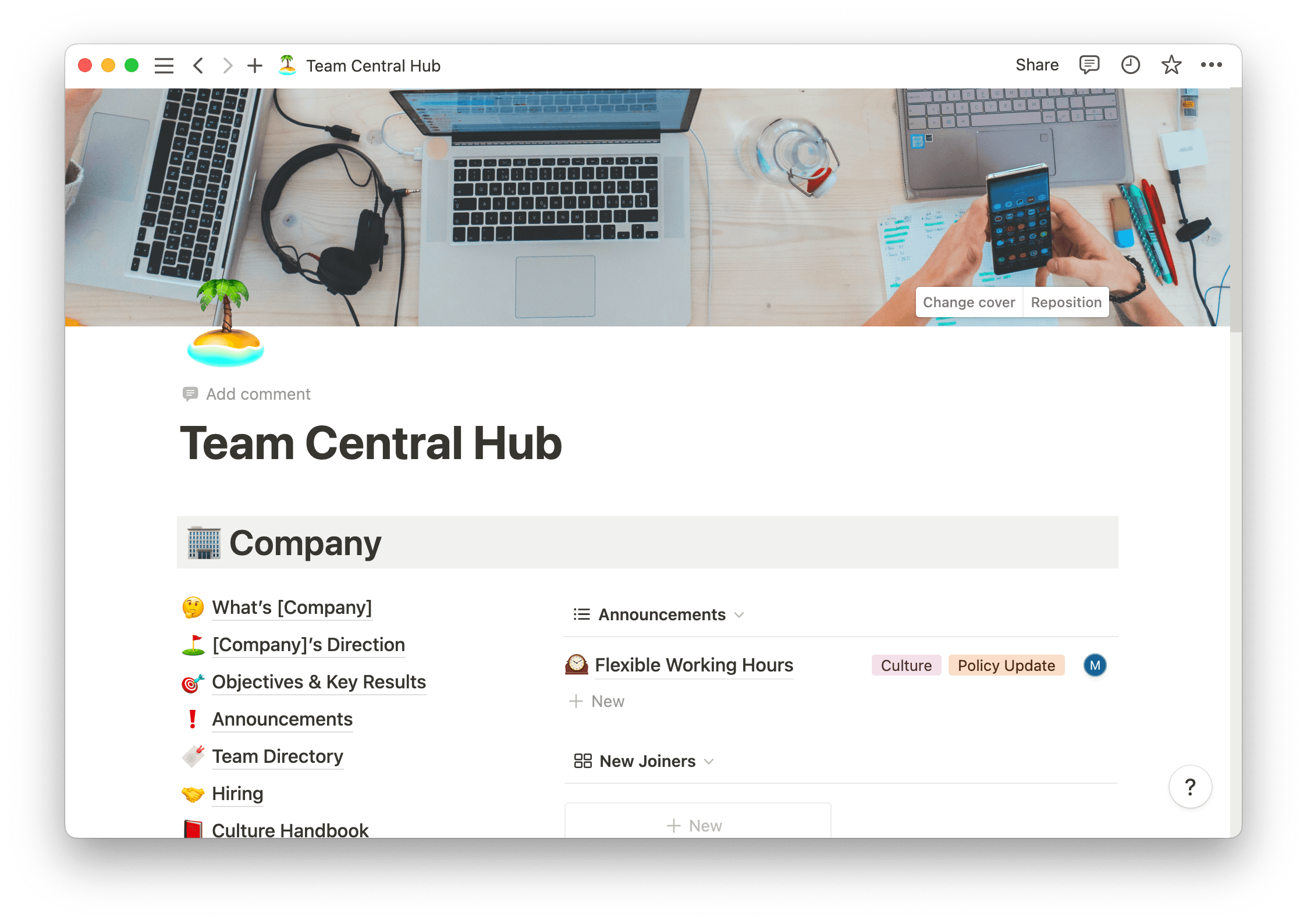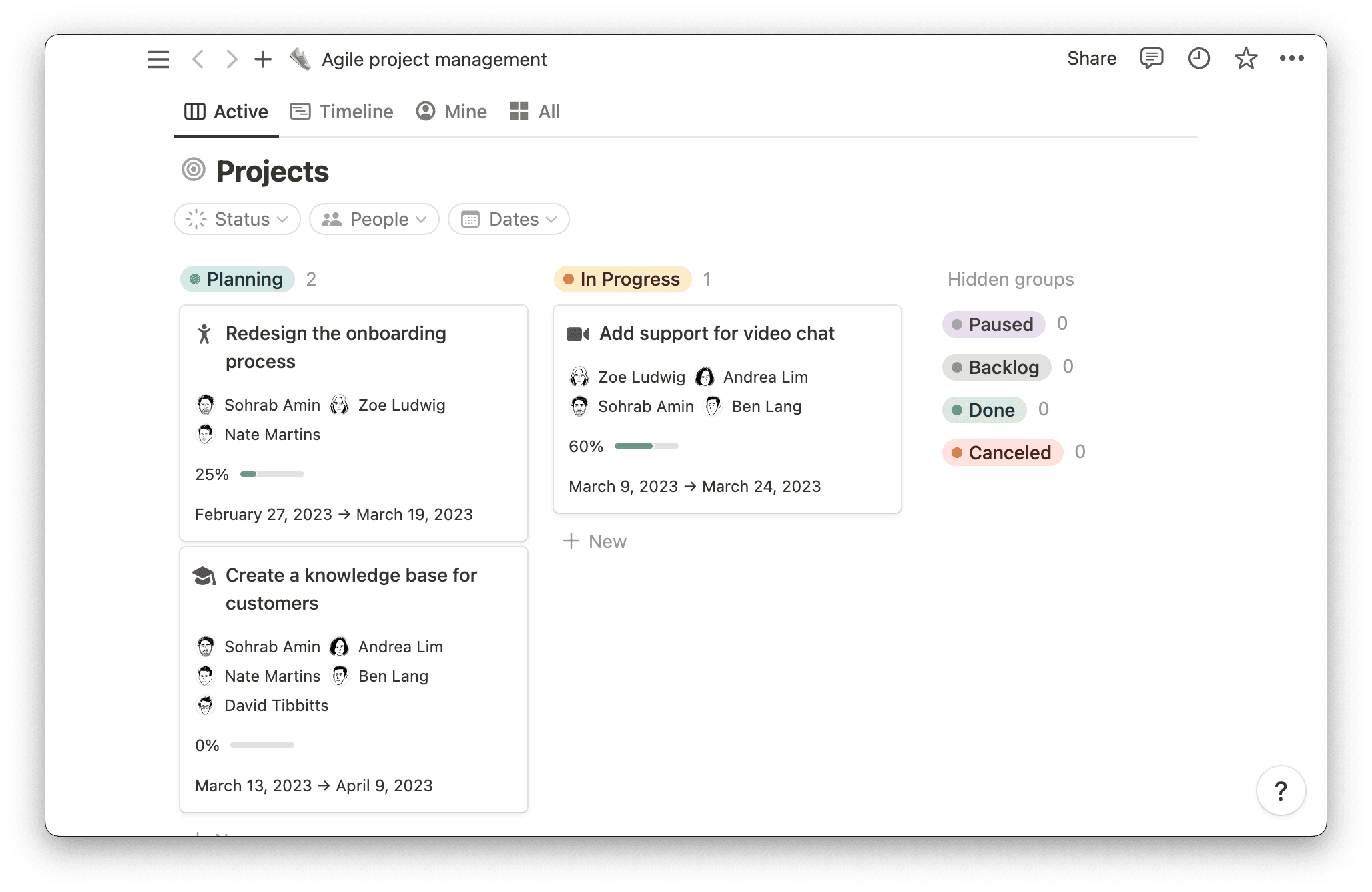When it comes to management-level decision-making, there are endless routes available. Management styles vary wildly depending on your company's values, mission, and even specific project work. And even before a company establishes a set approach, you might wonder what’s the best method for you and your team.
Sure, you could take an off-the-cuff and individual approach and hope it works — but this might lead to clashing styles and delayed critical decisions across the entire management team. And you need to meet your team where they’re at, as well. Each person responds differently to various styles.
Most of these styles fall under two umbrella terms: top-down versus bottom-up management. Deciding the direction you’d like to move in — and what works best for you as a manager — will help you narrow down the right style for you.
What’s a top-down approach?
For most Western organizations, the top-down approach is the default. This is a hierarchical style where decision-making power comes from the executive team and trickles down through middle management to the lower employee level. The leadership team determines the company mission and vision, and other employees execute it.
From a project perspective, it's the same. Leadership outlines the project and passes expectations to their team.
Larger organizations and those under strict regulations tend toward this top-down approach. Established financial corporations often operate top-down to allow for strict rule sets that help avoid scrutiny from regulatory bodies. And military organizations highly prefer a top-down — or command-and-control — approach.
While larger organizations might have this approach deeply ingrained, smaller and newer companies can try out various management styles. Or they might take after surrounding companies and create a hierarchical, top-down structure to establish norms across teams.
Here are some pros and cons of a top-down management approach.
Pros
Aligns the entire organization — top-down styles create a set-in-stone hierarchical business structure, so there’s no questioning who reports to whom. Organizational charts lay out team members and individuals, and approvals move top-down. This creates a streamlined and clear workplace, as everyone knows where responsibilities lie.
Sets clear role expectations — since employee organization is clear, it’s easier to set and understand role expectations. Organization-wide and team goals arrive top-down, and everyone knows who they’re responsible for in relaying and executing these goals. Staff members also understand what their tasks are because they come in the form of management directives — there’s no ambiguity because there are fewer individuals sharing goals and expectations.
Offers clarity and focus — because fewer employees are in charge of goal-setting and management, more employers are free to hone in on their tasks instead of becoming involved in company politics and organizational meetings.
Cons
Less creativity — because a small set of management employees outline and approve work, staff often have less leeway to solve problems creatively and contribute innovative ideas.
Less autonomy — when leadership teams create the company mission and values from the top-down, employee input isn’t typically part of the discussion. Employees might feel they don’t have a say in how their employer runs things. Consequently, they might be less engaged and invested in their work and the company generally.
Employee discontent — a work environment that stresses a strict command-and-control environment might hamper individual growth and make employees feel uncomfortable enough to leave.
What’s a bottom-up approach?
Bottom-up management focuses less on leadership decision-making and more on empowering teams and individual employees to guide the company’s direction. This style is often prevalent in smaller companies, like tech startups and nonprofits, where business owners emphasize a collaborative approach to scaling and building a company ethos.
With this management style, the leadership team encourages employees to provide input across all fronts, like about company directives, task work, and management styles. Staff might even determine their own growth trajectories so they don’t feel stuck in a predetermined role.
A bottom-up approach makes decision-making a collaborative effort focused on the betterment of everyone involved.
Here are some pros and cons of a bottom-up approach.
Pros
Increased employee engagement — when employees feel management truly values their opinions and preferences, they’ll likely care more about their work and employer. They’re part of the process — not just a cog in the machine — and will want to contribute meaningfully.
Staff empowerment — engagement leads to empowered employees. Because decisions involve everyone, each staff member feels empowered to share their unique perspective.
Powerful team values — this management style exudes exceptional values, like diversity, innovation, and teamwork. While that’s excellent in itself, companies might find better employees — individuals who appreciate these values — than with a more traditional management style.
Cons
Disorganization — as a company grows, communication and approval cadences can become disorganized since everyone gets a say. And employees from previous top-down employers might confuse things further by trying to stress a more hierarchical structure. Decision-making protocols might also be harder to establish.
Employee pushback — some employees don’t want to offer feedback at every turn or have more autonomy at work. They simply want to have leadership tell them what to do and by when.
Messy missions — bottom-up companies might find it difficult to settle on a clear and distinct mission when encouraging every staff member to have a say. At some point, management will likely have to step in to make executive decisions regarding the company’s culture, values, and vision.
What's the best approach for your company?
Most large and well-established companies already have a top-down approach in place — so there’s less flexibility, although leadership can encourage employee input throughout the organization. For smaller and newer businesses, a bottom-up approach is likely ideal. Job seekers are in the driver’s seat in today’s job market, and this approach shows you value everyone’s perspective and autonomy.
But you don’t have to choose between the two, instead opting for the countercurrent method. This bilateral style sets high-level company goals at the leadership level while each division or team creates its own strategies and vision to accomplish those goals. It’s a great middle-ground that promotes employee empowerment while creating operational structure.
You could also work with fellow leaders to create a unique approach that takes pros from both top-down and bottom-up approaches. Maybe approval cadences run top-down while managers promote ideation across the board. You can make it your own.
Improve your management technique with Notion
No matter your preferred management style, you might need support to keep everyone productive and engaged. From top to bottom, Notion’s template gallery has resources you'll love. Try the risk register and Agile project management templates to avoid delays and roadblocks or the decision journal to track leadership choices.






